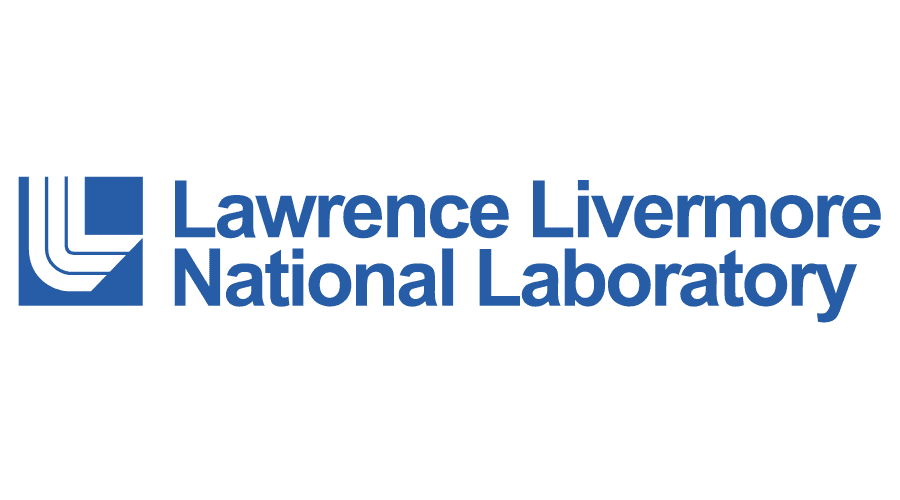Part 2 of 2 Parts (Please read Part 1 first)
The research team set out to explore the phenomenon of phonon scattering. This is a process where lattice vibrations within a solid material interact. These interactions play a critical role in the material's ability to conduct heat. Traditionally, the contribution of phonons to thermal transport in metals was underestimated. More emphasis was placed on the role of electrons. Utilizing a combination of modeling and state-of-the-art experimental techniques, the research team revealed new information on the behavior of phonons in tungsten.
At SLAC's high-speed "electron camera" MeV-UED, the researchers probed the material with a technique called ultrafast electron diffuse scattering (UEDS). This allowed the team to observe and measure the interactions between electrons and phonons with unprecedented precision. This technique involves shooting a laser at a piece of tungsten to excite the electrons. Then the researchers observe how these excited electrons interact with phonons. The UEDS technique captures the scattering of electrons off phonons. This allows researchers to observe these interactions in real time with incredible precision.
UEDS permitted the researchers to distinguish between the contributions of electron-phonon and phonon-phonon scattering to thermal transport. This differentiation is critical to understanding the complex workings of heat management in materials subjected to the harsh conditions of a fusion reactor.
SLAC scientist Mianzhen Mo led the research. He said, “The challenge lies in distinguishing the contributions of phonons from electrons in thermal transport. Our paper introduces a state-of-the-art technique that resolves these contributions, revealing how energy is distributed within the material. This technique allowed us to precisely measure the interactions between electrons and phonons in tungsten, providing us with insights that were previously out of reach.”
The study found that in tungsten, the interaction between phonons themselves is much weaker than expected. This weak phonon-phonon interaction indicates that tungsten can conduct heat more efficiently than previously thought.
Alfredo Correa is a scientist at Lawrence Livermore National Laboratory (LLNL) and a collaborator in the research. He said, “Our findings are particularly relevant for designing new, more robust materials for fusion reactors. Such precise experiments provide excellent validation for the new simulation technique we employed in this work to describe heat transport and the microscopic motions of atoms and electrons, allowing us to predict how materials will behave under extreme environments."
In the future, the team plans to investigate the impact of impurities, such as helium, on tungsten's ability to handle heat. Helium accumulation is a product of fusion neutron-induced transmutation in materials. This can affect the material's performance and longevity.
Mo said, “The next phase of our research will explore how helium and other impurities impact tungsten's ability to conduct heat. This is crucial for improving the lifespan and efficiency of fusion reactor materials.”
Understanding the details of these interactions is critical for validating fundamental modeling and developing materials that can withstand the rigorous demands of a fusion reactor over time. This could lead to even better materials for not just fusion reactors but also in other fields where managing heat is critical. Such applications range from aerospace to the automotive industry to electronics.
Glenzer said, “This research is not just about improving materials for fusion reactors; it's about leveraging our understanding of phonon dynamics to revolutionize how we manage heat in a wide range of applications. We're not just enhancing our understanding of how materials behave under extreme conditions; we're laying the groundwork for a future where clean, sustainable fusion energy could be a reality."
